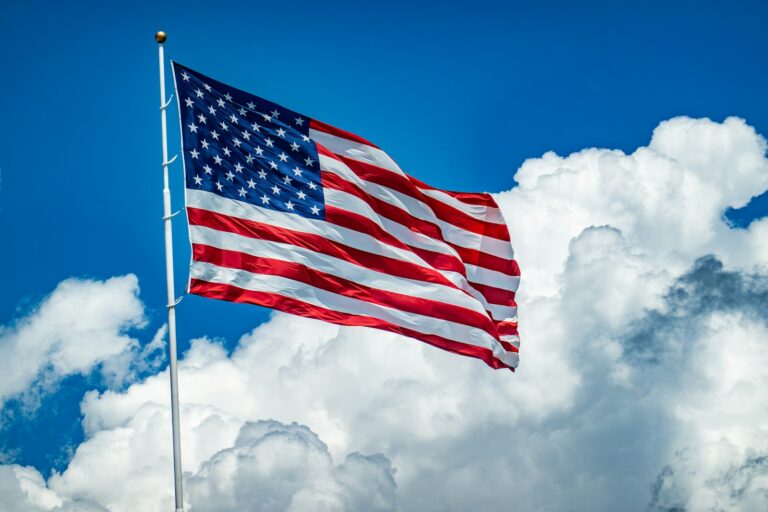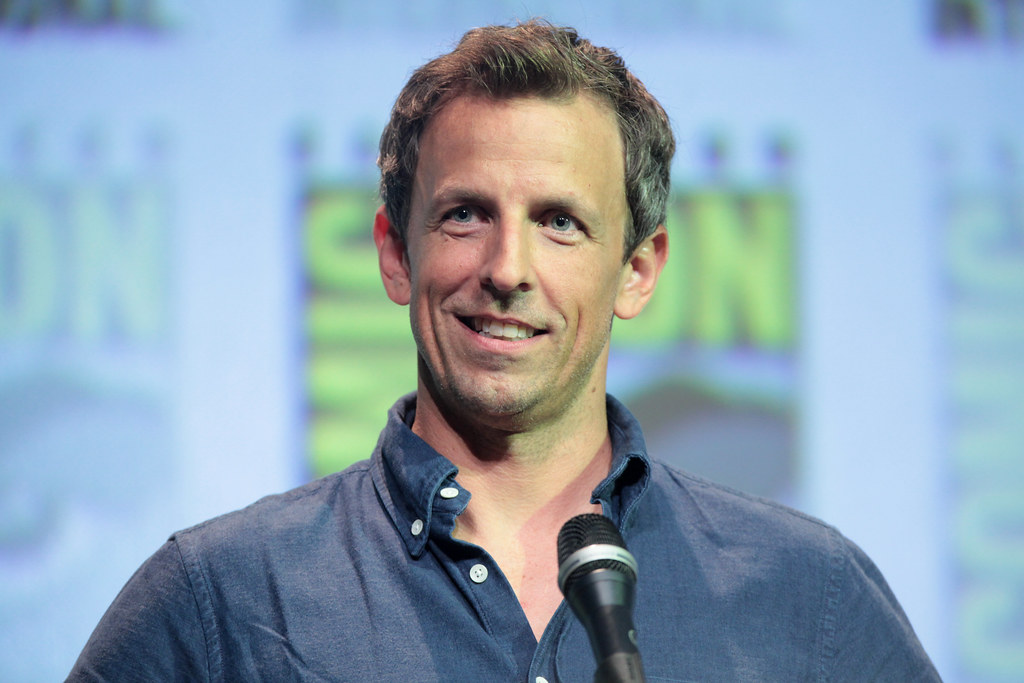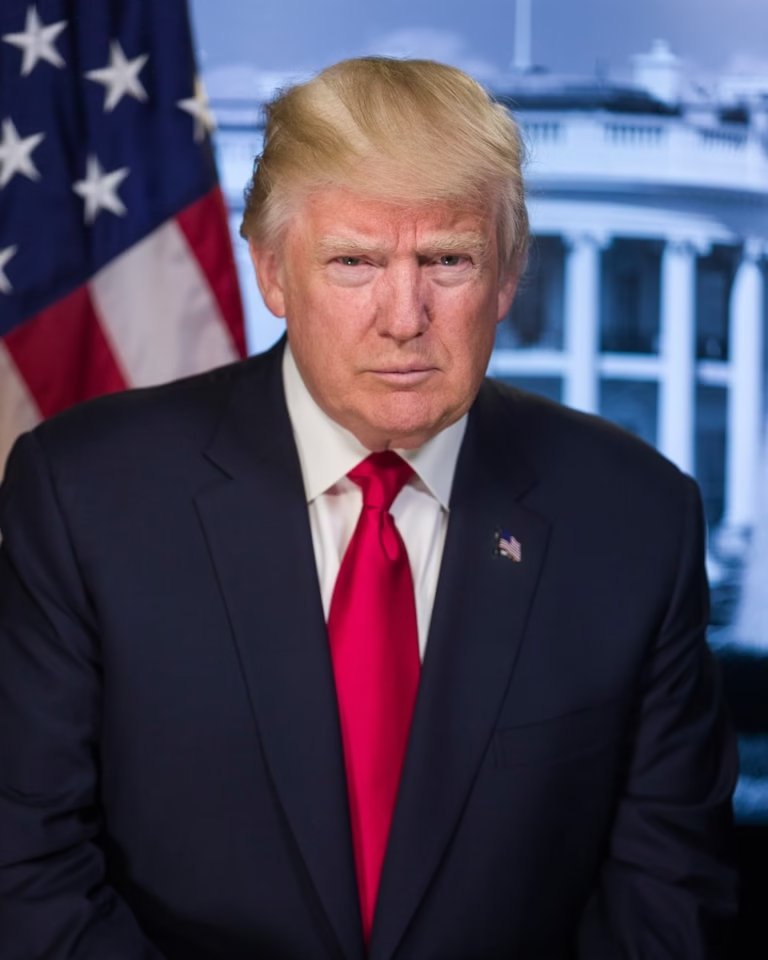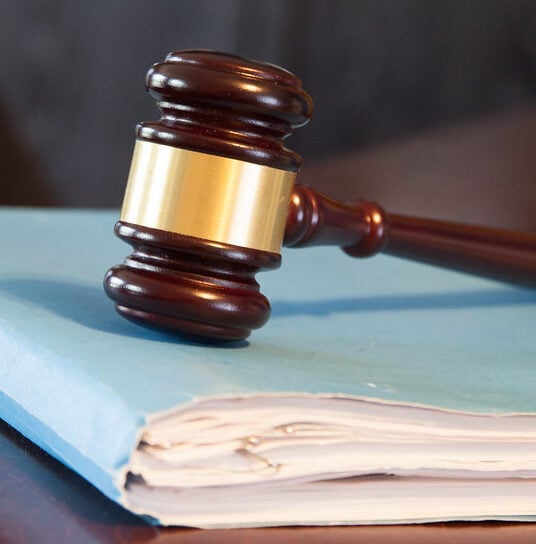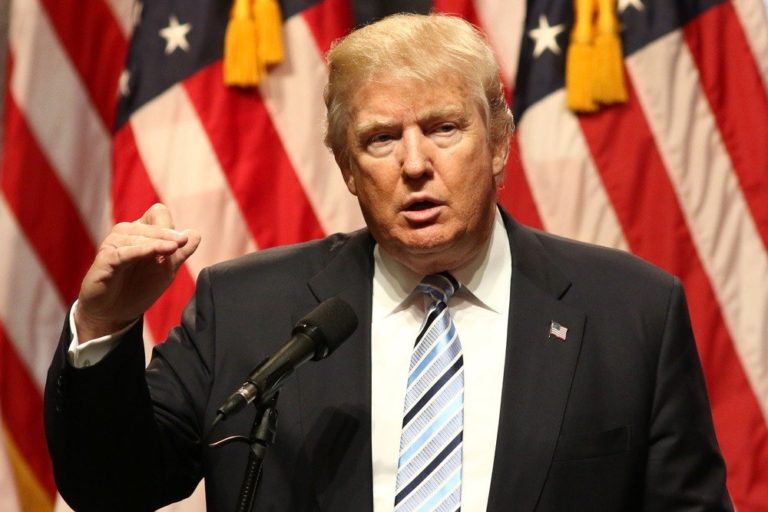Key Takeaways:
- Senator Mark Kelly’s team warns the Defense Department against a legal probe.
- The Mark Kelly investigation targets his call for troops to refuse illegal orders.
- His lawyer says any court-martial plan is unconstitutional and an abuse of power.
- The Pentagon has escalated its review after President Trump’s “Department of War” order.
- Kelly vows to fight the probe in court if it moves forward.
Mark Kelly Investigation Heats Up
Senator Mark Kelly’s office fired off a warning letter to the Defense Department on Monday. The letter says Kelly will take legal action if what they call the Mark Kelly investigation continues. They see it as both illegal and driven by politics. This tense exchange adds fuel to an already heated debate over military law and free speech.
What the Investigation Covers
The Mark Kelly investigation centers on a video Kelly made with five other former service members. In the video, they tell active-duty troops they must refuse orders that break the law. The group pointed out that military members have a duty to follow only lawful commands. Shortly after, former President Trump labeled their message “seditious” and said it was “punishable by death” in social media posts.
Following those social media rants, Defense Department officials began considering whether to recall Senator Kelly to active duty. If they did, he could face a court-martial. They also discussed questioning the rank at which he retired. Such moves would be rare for a sitting senator. Critics say this marks a political weaponization of military rules.
Legal Warning Over Kelly Investigation
Senator Kelly’s attorney, Paul J. Fischman, sent a letter to Navy Secretary John Phelan. In it, he pointed out that the Pentagon’s top lawyer is already reviewing the idea of court-martialing Kelly. Moreover, he noted that public comments by Defense officials leave no doubt about their plan. Fischman demanded they stop any work on the Mark Kelly investigation right away.
Fischman wrote that no legal basis exists for punishing Kelly. He called any attempt unconstitutional and an abuse of power. He warned that if the administration moves forward “in any forum—criminal, disciplinary, or administrative—we will take all appropriate legal action.” He underlined Kelly’s record as a Naval Aviator and NASA astronaut. He also reminded readers that Arizonans twice elected Kelly to the U.S. Senate.
Why Lawmakers Are Concerned
Many legal experts say recalling a senator for court-martial would break long-standing tradition. Usually, military courts handle active duty members, not elected officials. In addition, free speech rules protect citizens, including veterans, when they speak about lawful duties. Senators hold a special place in the Constitution, making the idea even more unusual.
Furthermore, the timing of this probe seems linked to politics. The video Kelly co-produced criticized possible military involvement in domestic politics. Some worry the investigation sends a chilling message to other lawmakers with service backgrounds. They fear that one day a Senator might be recalled simply for speaking out.
What’s Next in the Mark Kelly Investigation
On the same day the warning letter went out, the Pentagon released a fresh statement. The statement said the Mark Kelly investigation will move from a preliminary look to a more formal review of “serious allegations of misconduct.” This step means officials will dig deeper into whether they can legally justify court-martial charges.
While the Pentagon calls it a standard review, critics see it as part of an unprecedented effort against a senator. Senator Kelly’s team says they expect a full fight in court if the Defense Department advances its plan. At the same time, supporters of the probe say Kelly should face the same rules as any veteran if he breaks military law.
How the Conflict Could Unfold
If the Defense Department tries to recall Kelly, it would submit formal orders. Kelly’s team would likely file a lawsuit to block those orders. The case could go all the way to federal appeals courts. Meanwhile, senator-led oversight hearings may question the Pentagon’s motives.
Moreover, the situation might push Congress to pass clearer rules. Lawmakers could define limits on recalling retired officers who hold office. That debate would touch on separation of powers and military justice.
The Political Backdrop
This clash comes amid a broader battle over the military’s role in politics. After the January sixth events, many questioned whether troops should ever act in domestic disputes. The Kelly video urged service members to refuse orders that violate the Constitution. Critics of Kelly accused him of encouraging disobedience. Supporters praised his stance as patriotic and lawful.
President Trump’s recent executive order renaming the Pentagon the “Department of War” added more drama. That move sparked backlash from military leaders who saw it as inflammatory. Some worry political leaders are digging in for a long fight over civil-military relations.
Impact on the Military Community
Active-duty members are watching closely. They look to elected veterans for guidance on ethics and legal duties. A high-profile probe of one such senator could change how troops view their own rights. It could also affect training on lawful orders. Many instructors warn recruits about the duty to refuse illegal commands. The Mark Kelly investigation may test how that duty is taught in the future.
Conclusion
The Mark Kelly investigation has ignited a fierce legal and political battle. Senator Kelly’s team insists there is no lawful basis for a court-martial. Meanwhile, Pentagon officials claim they must answer allegations of misconduct. As both sides gear up for what could be a landmark court case, the broader debate over military justice and free speech will intensify. One thing is clear: this fight will shape how lawmakers and veterans interact for years to come.
FAQs
What happens if the Defense Department tries to recall a senator?
If the department issues recall orders, Senator Kelly’s legal team is ready to sue. The courts would decide whether the recall is lawful.
Can a former service member face court-martial after retirement?
Under military law, retired members can be recalled for court-martial. Yet recalling a sitting senator is almost unheard of and raises legal questions.
What role does free speech play in this case?
Kelly’s video is protected speech. Courts generally guard political expression, making the Mark Kelly investigation controversial.
How might Congress respond to this standoff?
Congress could pass laws clarifying military recall rules. This fight could prompt hearings and new legislation.


